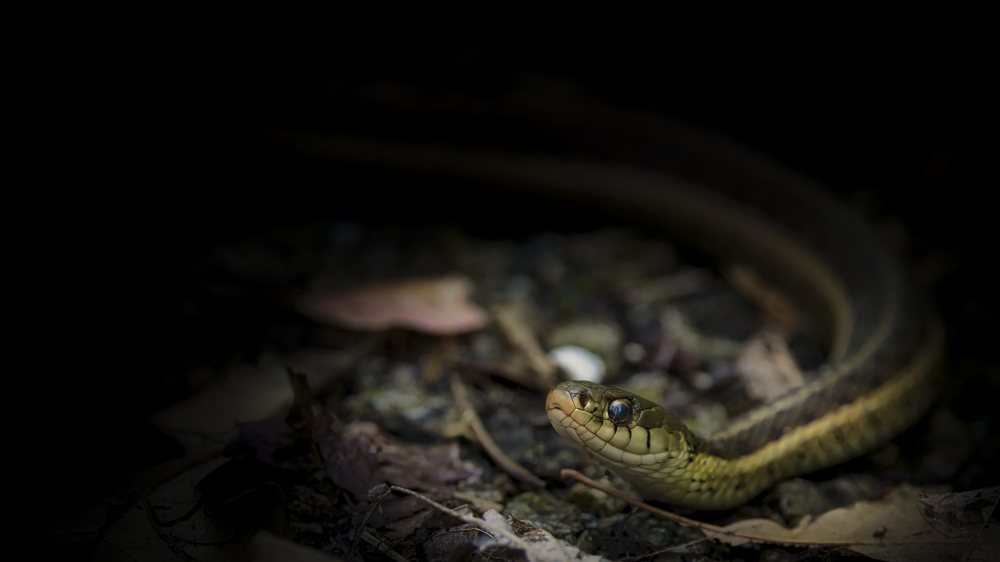
Carolina Chickadee
(Poecile carolinensis)
The Carolina Chickadee (Poecile carolinensis) is a small, non-migratory songbird that belongs to the family Paridae. It is native to the southeastern parts of the United States, particularly the Carolinas, hence its name.
Carolina chickadees have a distinctive appearance with a compact body, a short neck, and a large round head. They measure about 4.5 to 5.1 inches (11 to 13 centimeters) in length and have a wingspan of approximately 7.5 to 8.3 inches (19 to 21 centimeters). Their plumage is predominantly gray on the back and wings, while their undersides are lighter with a white or creamy coloration. They have a black cap and bib, extending from their forehead to their throat, and their cheeks are white. The chickadee's black eyes are surrounded by a black mask, giving them a distinctive facial pattern.
Carolina chickadees are highly social birds and are often found in small flocks. They are known for their energetic and acrobatic behavior as they flit from branch to branch in search of insects, spiders, seeds, berries, and other small invertebrates. They have a unique foraging technique called "hanging upside down," where they can often be seen clinging to twigs or branches while searching for food.
These chickadees are also notable for their vocalizations. Their calls include a distinctive "chick-a-dee-dee-dee" song, which is a high-pitched, whistling sound that can vary in speed and tone. They use different variations of this song to communicate with each other, signaling danger, food availability, or social interactions within the flock.
During the breeding season, Carolina chickadees form monogamous pairs. They typically build their nests in tree cavities, using materials such as moss, fur, and plant fibers. The female lays a clutch of 5 to 8 eggs, which she incubates for about 12 to 13 days. Both parents share the responsibilities of incubation and feeding the chicks once they hatch. The young birds fledge after approximately 15 to 18 days.
Carolina chickadees are adaptable and can be found in a variety of habitats, including deciduous forests, woodlands, parks, and suburban areas with sufficient trees and shrubs. They are known for their ability to withstand cold temperatures and often remain active throughout the year, providing joy and entertainment to birdwatchers and nature enthusiasts.
